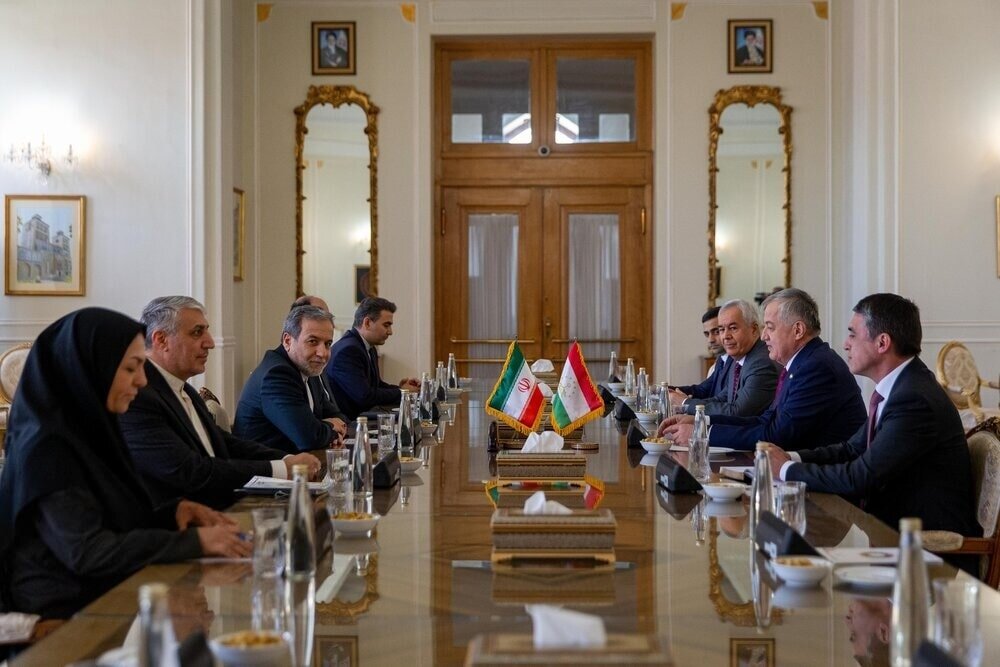Indian military operations along the northeastern border with Myanmar have sparked fear and uncertainty among local residents after Indian forces reportedly killed five members of Myanmar’s People’s Defence Force (PDF), a rebel group opposed to the military junta ruling Myanmar. The incident, which occurred near the border in India’s Manipur state, has intensified concerns of a spillover from Myanmar’s civil conflict.
The Indian army claims the rebels were killed in retaliation after Indian soldiers came under fire from PDF fighters near the village of Molcham, close to the border. According to the military, the PDF fighters fired at Indian forces who were on patrol, prompting a response that resulted in the deaths of five individuals suspected to be members of the anti-junta group. Indian authorities added that a weapon was recovered from the site of the incident.
The People’s Defence Force has not commented on the claims.
Villagers in the border areas, particularly in Manipur’s Tengnoupal district, say they are living in fear, unsure of their safety as tensions escalate. “Everyone feels unsafe,” said one local resident in a telephone interview with Al Jazeera. He reported that in the aftermath of the clash, Indian army personnel ordered villagers to vacate their homes and relocate, citing security concerns. The resulting panic has led many to seek shelter in nearby forests and temporary camps.
The violence stems from a broader conflict across the border in Myanmar, where civil war has raged since the military coup of February 2021. The PDF is one of several armed groups formed in opposition to the ruling military regime and has engaged in guerrilla-style attacks in regions bordering India, particularly in Myanmar’s Chin state. As the Myanmar military loses ground to ethnic armed groups and pro-democracy militias like the PDF, many fighters and civilians have sought refuge in Indian territory.
India’s Ministry of Home Affairs has acknowledged that over 40,000 refugees from Myanmar have entered the country since the coup. While some are in government-run shelters, many are housed by local communities, especially in the border states of Manipur and Mizoram, which share ethnic and cultural ties with the population across the border.
The recent killings, however, have brought fresh scrutiny to India’s handling of the border crisis. Critics argue that New Delhi’s approach—focused on security and containment—risks escalating the situation. Human rights organizations have raised concerns about India’s decision in March to erect a fence along the 1,643km border and end the Free Movement Regime, which had previously allowed residents on both sides to cross freely for short visits.
Zing Cung, a refugee from Chin state, told Al Jazeera that people are fleeing not just military violence but now fear Indian authorities too. “We are caught between two fires,” he said, adding that the fencing will sever essential humanitarian links between communities.
In recent months, Indian officials have claimed that Myanmar rebel groups are using Indian territory as a haven to regroup and launch attacks, raising security concerns for the Indian state. However, experts warn that India risks becoming entangled in Myanmar’s internal conflict if it continues military engagement against rebel groups inside or near its territory.
The border areas are not only conflict zones but are also marred by a humanitarian crisis. The government of Manipur has imposed internet shutdowns in sensitive zones and stepped up troop presence. Still, reports suggest that local civilians continue to suffer displacement, trauma, and loss of livelihoods.
Tensions have also risen due to political divides within Indian states. While Manipur has taken a hardline stance, the state of Mizoram has shown more sympathy to refugees, citing shared ethnic ties. The federal government has attempted to balance these conflicting approaches, but the result has been a patchwork of policies that critics say lack coherence and humanitarian concern.
With no end in sight to the Myanmar civil war and India’s increasingly assertive security posture, communities along the border fear they will remain trapped in an escalating conflict not of their own making. As one displaced villager put it, “We are not soldiers. We are just people trying to live.”
Source; Al Jazeera


